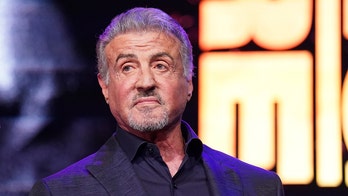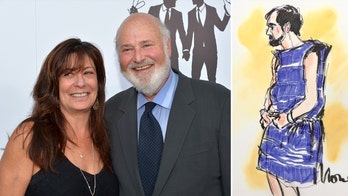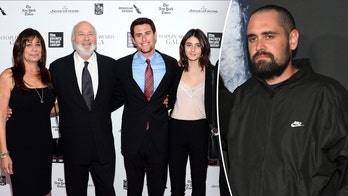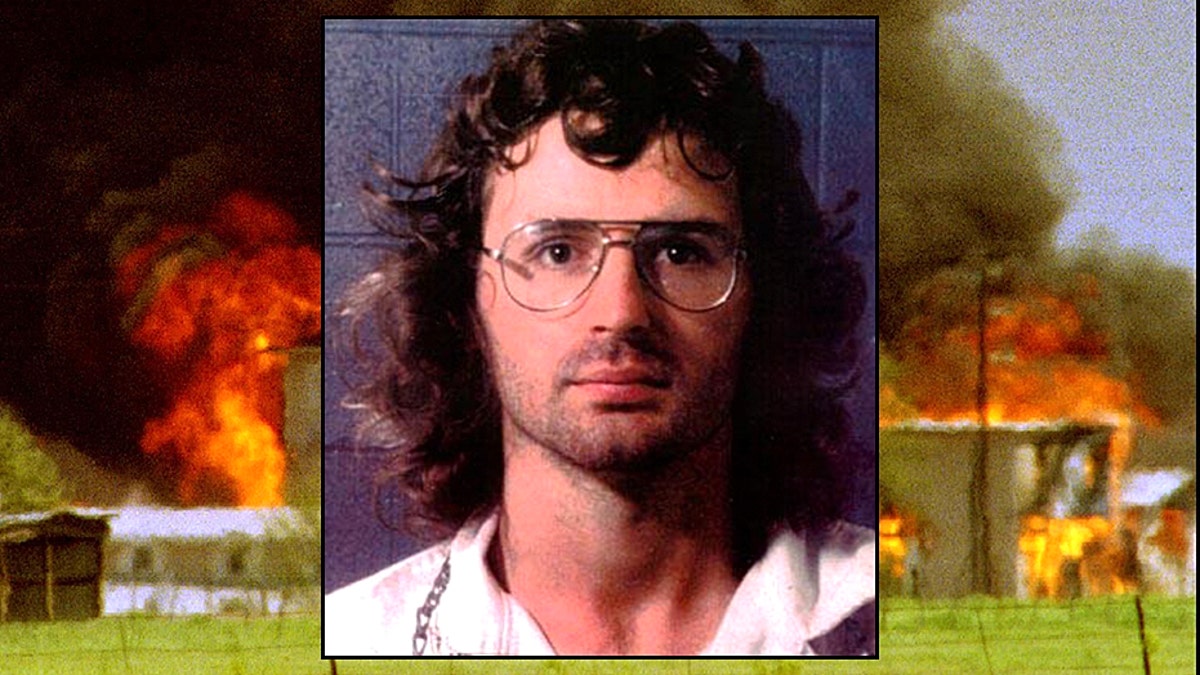
David Koresh is the subject of a new documentary on the Smithsonian Channel. (Reuters)
When Marc Breault first met Vernon Howell in 1986, he couldn’t have predicted that the self-described messiah would lead his followers to a massacre that still haunts America 25 years later.
Howell, who would later be called David Koresh — an amalgamation of the names of two Biblical kings — barricaded himself with his followers in 1993 in his compound outside Waco, Texas.
Agents of the federal Bureau of Alcohol, Tobacco and Firearms tried to arrest the 33-year-old for allegedly stockpiling weapons and explosives.
The confrontation led to a 51-day standoff that ended when the complex caught fire and burned to the ground, killing Koresh and nearly 80 of his Branch Davidians followers. About two dozen children were among the victims.
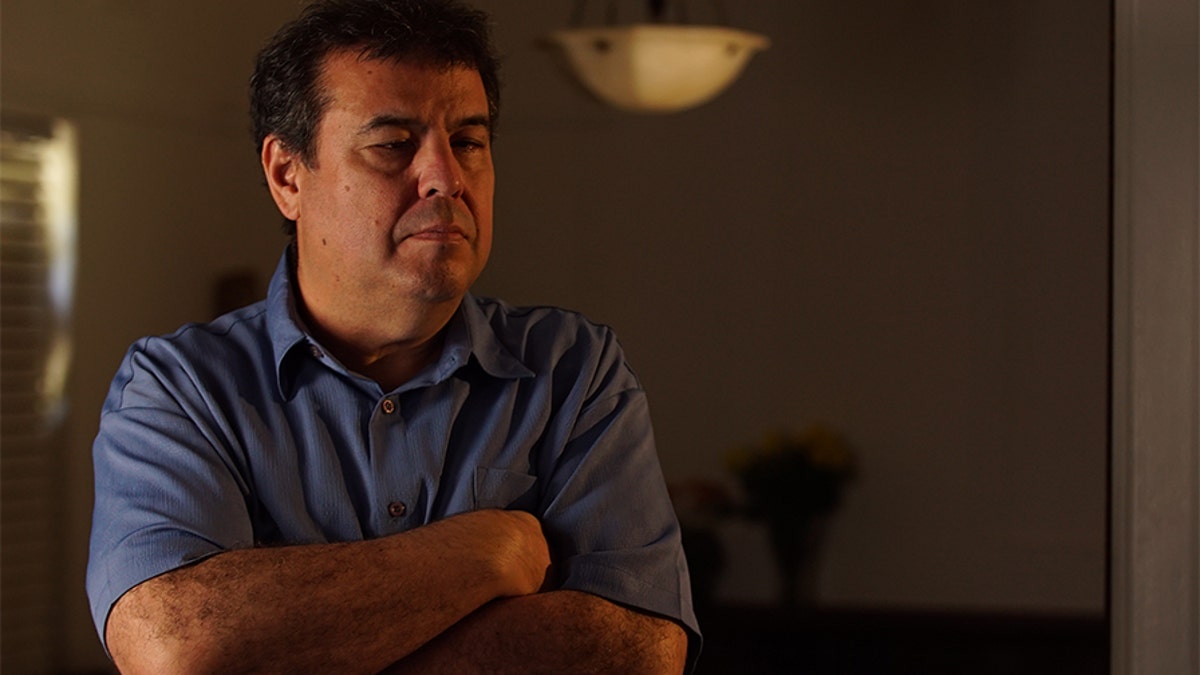
Marc Breault today. (Smithsonian Channel)
Breault, 54, fled the cult before its fiery demise, and is now coming forward with his wife, Elizabeth Baranyai to share their experiences in a new special on the Smithsonian Channel titled “Waco: The Longest Siege.”
The documentary features previously unseen footage and firsthand accounts from survivors, law enforcement agents and eyewitnesses.
Before the tragedy, Breault was living in Los Angeles when he was introduced to Koresh by a Branch Davidian.
“In certain ways, we had similar upbringings,” Breault told Fox News of Koresh. “I had a loving home and did all right in school. He didn’t. But because [of my blindness], I also had a hard time learning in school and was teased, as he was… We were able to talk to each other and share our anxieties… We also liked fishing. He was an avid lover of fishing as am I.”
Koresh also seemed willing to help others in need, something Breault admired.
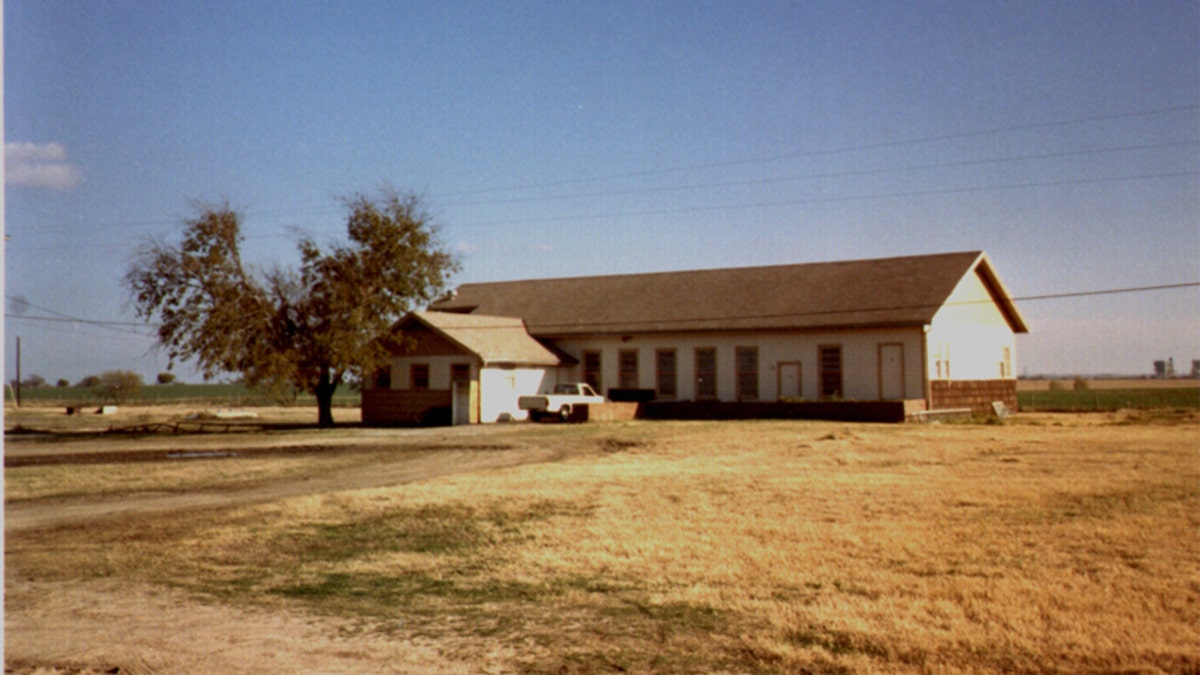
Waco church in 1989. (Smithsonian Channel)
“In the early days, he wasn’t the confident, bold, charismatic person that people portray him as,” he explained. “He was straightforward. He was a straight shooter. But he could be very humble. In the early days, he used to do a lot of work with drug addicts and homeless people in California. He was really good at dealing with them.
"I guess he had a miserable childhood and was able to relate to these people. Some people were from the LGBT community. He was really good at talking to these people. And if they were interested, he would tell them about his message… He was definitely the leader.”
Breault claimed he and Koresh would give food to the homeless and take drug addicts to the hospital. In extending his hand, Koresh would share his teachings from the Bible.
“He had a message and he would proclaim it, regardless whether it would offend anybody or not,” recalled Breault. “He was pretty bold in that respect. And I admired him for that… He was kind of what I thought a prophet would be like. In the Bible prophets… they told it like it is, even if it meant they would be persecuted.”

Inside Waco church in 1989. (Smithsonian Channel)
Breault said he and Koresh bonded over music, citing Rush and U2 as two favorite bands. They even traveled back and forth between California and Texas to see artists perform at various clubs. Mount Carmel, the compound of the Branch Davidians, was based in Texas.
However, music was restricted to followers.
“I had my trumpet and would play jazz,” recalled Breault. “I remember [Koresh’s wife] Rachel was freaking out because anything to do with drums or things like that was pretty bad.”
There were also strict rules about romance. Still, that didn’t stop Koresh’s best friend from falling in love with Baranyai that same year, who had left behind her native Australia to join Koresh and his followers. However, just a few months after the now-58-year-old became a member, she began to question the prophet’s inconsistencies.
Koresh wasn’t thrilled about the relationship but allowed it.
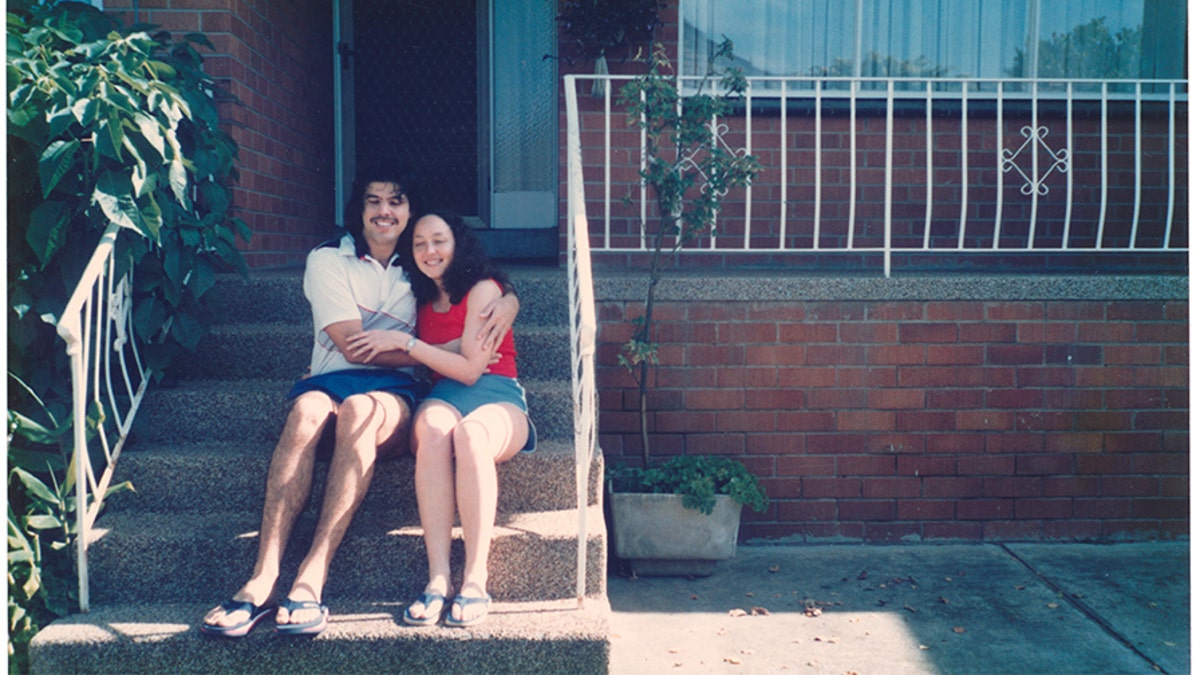
Marc Breault and Elizabeth Baranyai. (Smithsonian Channel)
“He kind of used us to see what he would have to do to keep some of his Australian women -- and later the English women,” said Breault. “How he could keep them in the United States. So more or less, he went along with it.
"He didn’t really like Elizabeth that much. Because Elizabeth would tell him to his face if she thought he was doing something wrong… I guess he was also hoping I would take an interest in someone else. But in the end, he went along with it because he needed to see how the immigration process worked.”
Baranyai’s visa ran out in 1987 and she left for Australia. But when she returned to the United States in 1989, Koresh’s teachings had taken a shocking turn.
Koresh pursued polygamy, forcing young girls to become his brides. Children were reportedly disciplined by being deprived of food. Koresh also urged his followers to arm themselves for the apocalypse with high-power weapons.
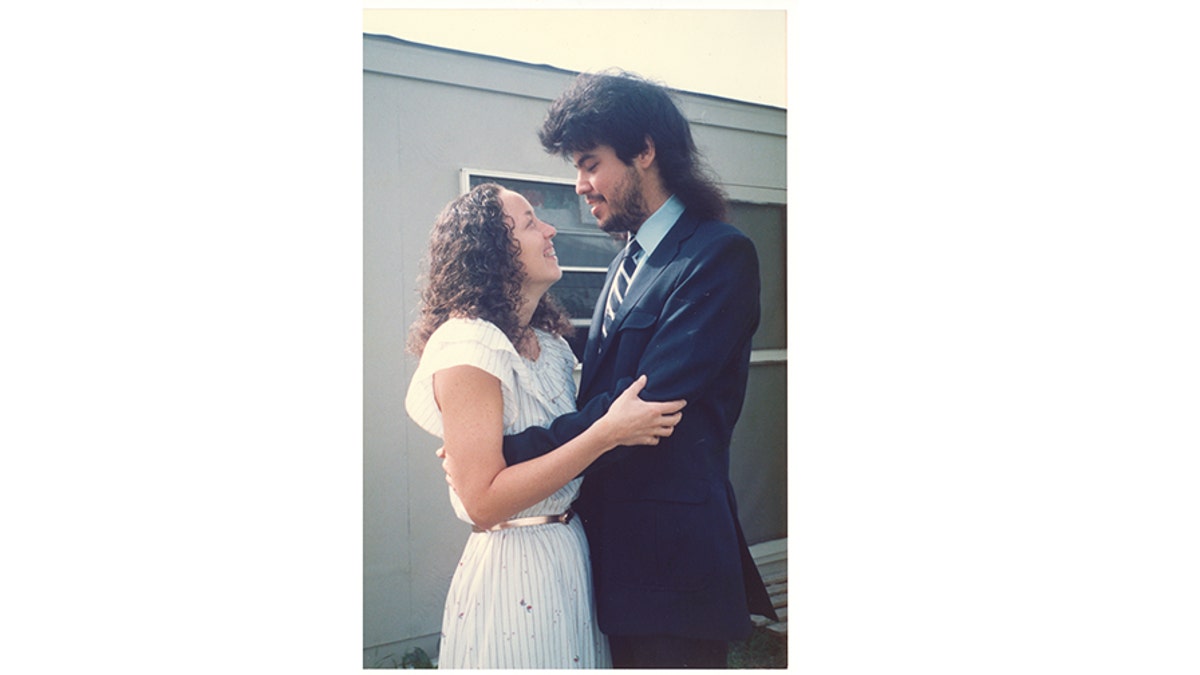
Marc Breault and Elizabeth Baranyai on their wedding day. (Smithsonian Channel)
That same year, Baranyai and Breault married in Texas, but Koresh ordered the bride to return to Australia. She didn’t hesitate.
“Koresh said, ‘You can go back to Australia without Marc,’” she recalled. “So that’s what I did… Because I was already… asking too many uncomfortable questions. He didn’t like it.”
“And as it turned out, it actually worked out for us because eventually, Elizabeth snapped me out of it,” added Breault. “So I started to oppose Koresh as well. And I was a big threat to Koresh because I knew everything that was going on… So he put a watch on me. So essentially, I had to escape.”
It was one of Breault’s travels that compelled him to leave.
“Koresh and I were at odds,” he said. “So he was going to head to Texas. He ordered me to come to Texas to receive my punishment because I was opposing him. So I packed my bags and everybody assumed I was going to Texas to do what Koresh had ordered me to do, but I never showed up. Eventually, I went to Australia. So in the end, Elizabeth being in Australia worked out because I had a place to go.”

Elizabeth Baranyai today. (Smithsonian Channel)
Breault believes he was lucky. Many of Koresh’s followers weren’t as fortunate.
“We had guards in 1988,” he explained. “It was originally to keep people out… And eventually those guards were there to keep people in. You didn’t have any freedom anymore.
"That’s why a lot of people who were in Mount Carmel had trouble escaping. A lot of people don’t realize that in 1991 his wife Rachel wanted to leave. But she couldn’t because Mount Carmel wasn’t easy for her to get out.”
Breault would never find out what kind of punishment his former friend had in store for him. Today he and Baranyai still reside in Australia where they have “an ordinary life.”
Breault is hoping the documentary will show viewers how other seemingly religious groups can easily radicalize others. Baranyai wants the victims to be remembered.
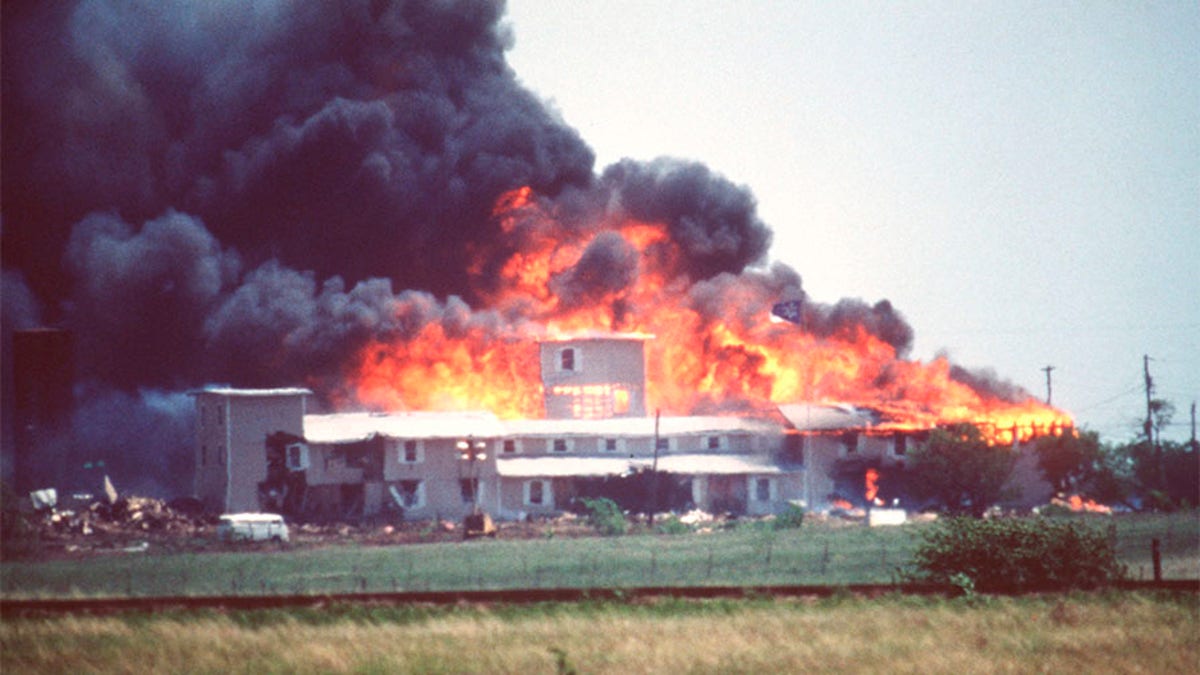
The tragedy of Waco. (Getty Images / Courtesy of the Smithsonian Channel)
“The people who were in there, they were good people who got misguided and lost their way, being used by David Koresh who was a master manipulator of people,” she said. “But underneath all of that, they were good people. That’s the real tragedy of the story. That good people can be so badly used.
"But it was difficult to stand up to him… Those people sitting in those Bible studies day in and day out for hours at a time, I don’t know why they couldn’t see it.”
Breault added, “It was hard to stand up, but people ultimately gave him his power.”
"Waco: The Longest Siege" airs Monday, April 9th at 8 p.m. on the Smithsonian Channel.




















